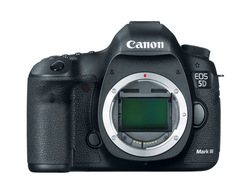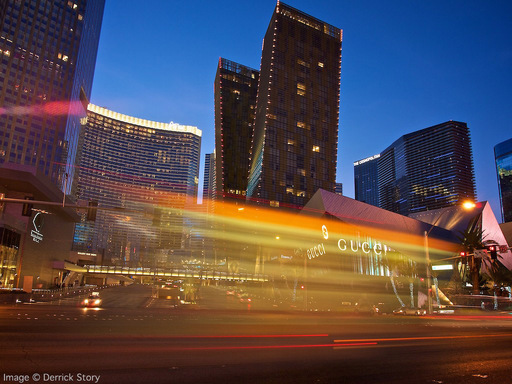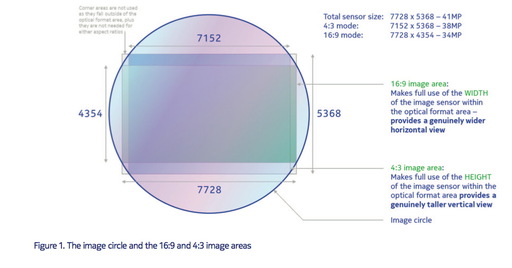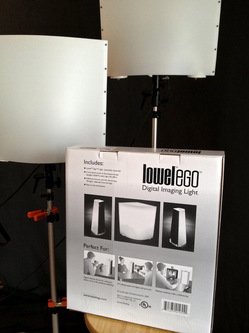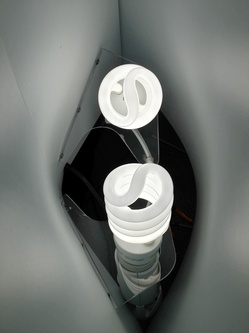Over the last decade, digital photography hardware has evolved at a fast pace. This led to us buying cameras more frequently than in the film days. But now that the technology has stabilized a bit, do we need to upgrade as often? And camera manufacturers seem keen on charging more than ever for their gear. This came into focus for me when Canon announced that the Canon 5D Mark III would cost $1,000 more than its predecessor. And it got me thinking, "How much am I willing to pay?" I provide the answer in this week's podcast.
Listen to the Podcast
You can also download the podcast here (24 minutes). Or better yet, subscribe to the podcast in iTunes. You can support this podcast by purchasing the TDS iPhone App for only $2.99 from the Apple App Store.
Monthly Photo Assignment
Eyes is the Mar. 2012 Photo Assignment. You can read more about how to submit on our Member Participation page. Deadline for entry is March 30, 2012.
More Ways to Participate
Want to share photos and talk with other members in our virtual camera club? Check out our Flickr Public Group. And from those images, I choose the TDS Member Photo of the Day.
Podcast Sponsors
Red River Paper -- The $7.99 Sample Kit is back! And with free shipping.
You might also want to check out my article, Artistic Gifts You Can Make in an Hour.
Make Your Photos Sizzle with Color! -- SizzlPix is like High Definition TV for your photography.
Need a New Photo Bag? Check out the Lowepro Specialty Store on The Digital Story and use discount code LP20 to saven 20% at check out.
Technorati Tags:
digital photography, podcast, technique, Technology, The Digital Story, tips

